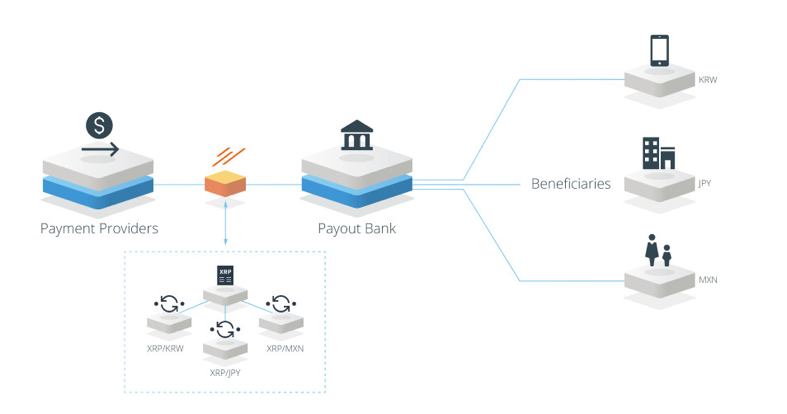12 Cryptocurrencies with Actual Working Products in Use Today
In the world of cryptocurrencies, there are numerous projects that are in development but are awaiting to hit the market. Some even have extensive roadmaps or many testnet versions of their product before their solution is released to the public. In light of these long-term visions, we decided to compile a list of cryptocurrencies that have actual working products that are currently in use in the marketplace (with the exception of XRapid for now).
Brave Browser (Basic Attention Token)
The Brave Browser has been developed to keep user data private and secure while offering a faster browsing experience without ads. In contrast with other leading browser such as Chrome or Firefox, however, Brave offers content creators payment for their work through BAT, the Brave Attention Token. Readers distribute rewards from an amount divided among publishers they visit most. Publishers receive rewards for any ads that performed on their pages in addition to supporters who transferred BAT into their site wallet. At the end of the month, each receive cash.
You can download Brave from their website to start having a new browser experience.

Learn more about the Brave Browser
Everipedia (EOS)
Everipedia is a decentralized wiki that launched in 2015 by college students Sam Kazemian and Theodore Forselius at UCLA. Its goal is to become the create a database in which users are rewarded for curating and submitting content with IQ tokens. These tokens will also allow for a more transparent governance system.
The founders felt that the system governing Wikipedia was not transparent enough and that the online encyclopedia was becoming ruled by deletionists.
In 2017, the for-profit company announced its intention to become a platform built on EOS. A fork of Wikipedia, it offers a larger selection of articles as it has lower standards for inclusion. It also distinguishes itself from Wikipedia with its modern editing that includes the ability to add GIFs, images, and videos, and sleek design. The mainnet for Everipedia was announced in August.
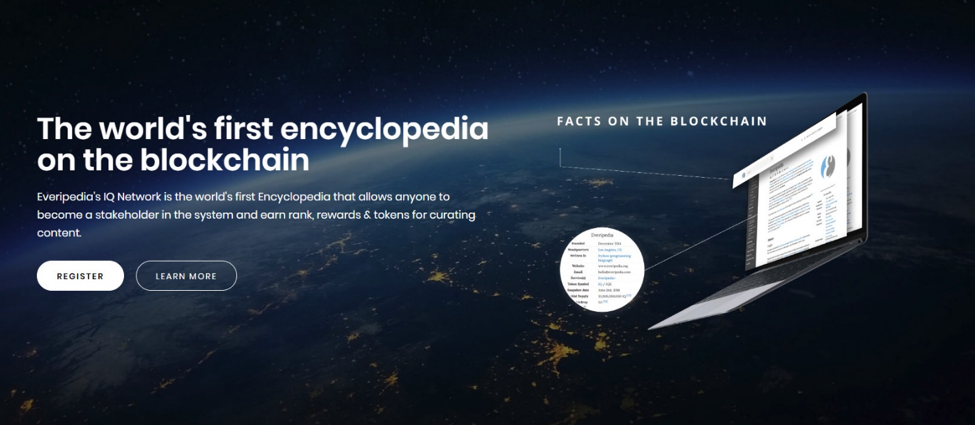
Dai (Maker)
Dai is the first peer-to-peer crypto-collateral-backed stablecoin. Backed by Ether, it leverages its currency through Maker, a decentralized autonomous organization on the Ethereum blockchain. It is responsible for pegging each single Dai to a dollar. The idea of Dai is that it is backed by collateral, and therefore able to maintain a stable currency in a volatile cryptocurrency market. This makes it easier for larger financial institutions and business to invest and make transactions in cryptocurrency, since they can rest assured that the value of the currency will not dramatically change in the future.
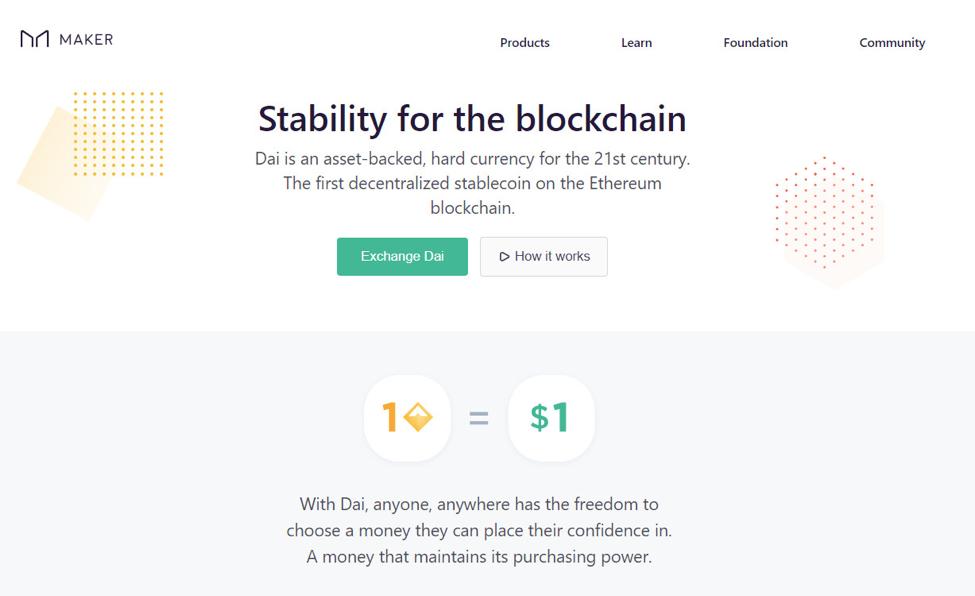
Steemit (Steem)
Steemit is a social blogging network built whose goal it is to build a new version of the attention economy. Steemit is powered by the Steem blockchain and STEEM cryptocurrency. Users who participate in the blogging network, either by reading and commenting, or by contributing content, are rewarded for their time, effort, and contribution through STEEM.
Steemit strongly believes that users should have full ownership of their content as well as the ability to be rewarded for their contributions directly. It is targeted towards creative artists and writers who felt that the bigger social network such as Twitter, Facebook, Instagram and Snapchat are monetizing from their work without giving them full control over their content.
Users on Steemit receive voting power by holding Steem Power tokens in addition to recent voting activity. Each vote you make increases the number of votes you are able to participate in each day. The more active you re on the platform with posts and voting, the more Steem Power you will receive, and the higher your voting power will become.
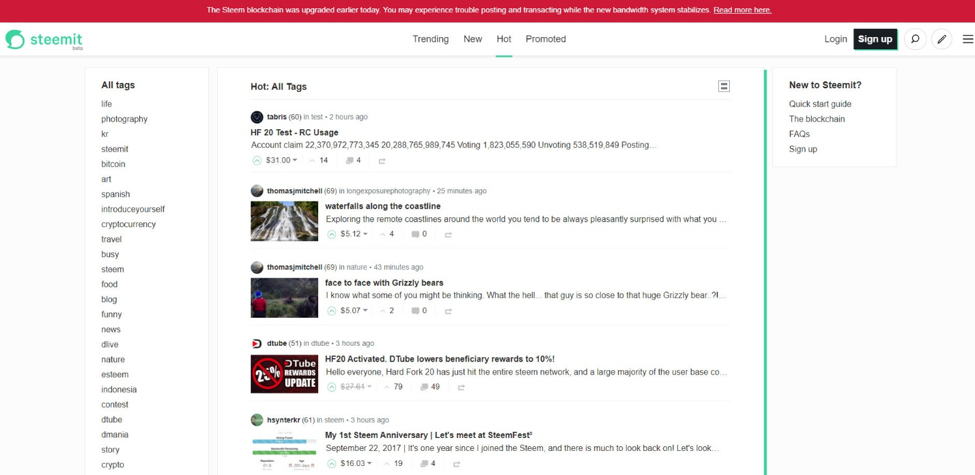
Loom SDK (Loom Network)
Loom SDK is a blockchain builder developed by Loom Network which enables developers to build their own decentralized apps on their own blockchain. The Loom SDK runs using a Delegated Proof of Stake, or DPos, and allows for very high transaction throughput. For this reason, it allows for highly scalable blockchain applications. Developers can now build a Steemit-like application and have it up and running in a few days or weeks.
Current teams using Loom SDK include Pixiecoin, Neondistrict, Mossland, and Axie Infinity.
You can install Loom SDK on the Loom website.
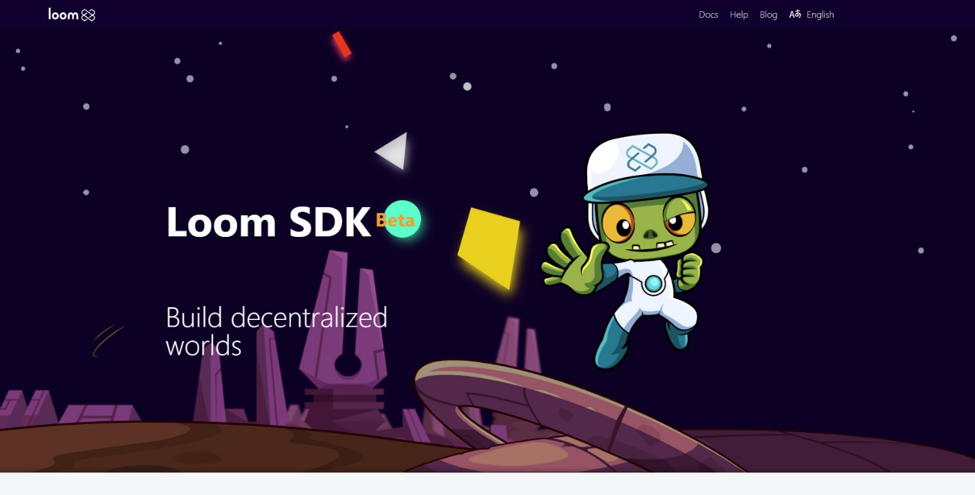
XPOS (PundiX)
XPOS is based on the idea that buying cryptocurrencies should be quick, easy, and available to anyone anywhere in the world. Developed by PundiX, XPOS offers the ability to make cryptocurrency transactions through fiat, mobile wallets, bank cards or PundiXPASS. Its all-in-one solution includes capabilities for supporting retail intelligence, inventory management, order management, as well as marketing and loyalty programs. In addition to enabling cryptocurrency transaction, developers can use XPOS to deploy their own blockchain apps on it. This is possible due to each XPOS functioning as an individual node, with encryption and storage capabilities in low level interplanetary file systems (IPFS).
The solution is built on the NEM blockchain, which is capable of processing 4,000 transactions per second (TPS), a speed necessary for its prime target audience – merchants in the retail industry. With XPOS, NEM aims to become the world’s largest retail payment blockchain.
Shipping of XPOS started on August 1. The goal is to reach a minimum of 50,000 units by Q1 of 2019.
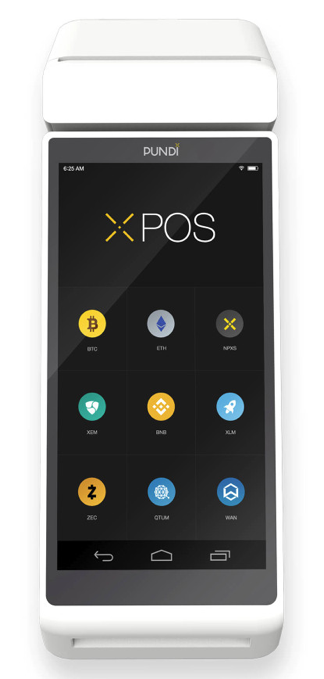
XBRL (Populous)
A business intelligence data analytics platform developed by Populous, XBRL delivers access to datasets and analysis tools with the goal of helping businesses get ahead. The platform runs autonomously as it is decentralized and the blockchain database is public and easily verifiable. Payment for using the platform will be completed using PXT, and ERC20 tokens with a value similar to Bitcoin or any other cryptocurrency.
Real-world applications of XBRL include business performance benchmarks to analyze the level of business growth or trend analysis to identity patterns in consumer behavior. It also has PEST (Political, Economic, Socio-cultural and Technological) and SWOT (Strengths, Weaknesses, Opportunities and Threats) analysis applications.
Another key feature of the XBRL platform is its pre-prepared reports, which can be obtained through purchasing the skills of researchers or by consulting the platform community to see if a current report exists and can be shared.
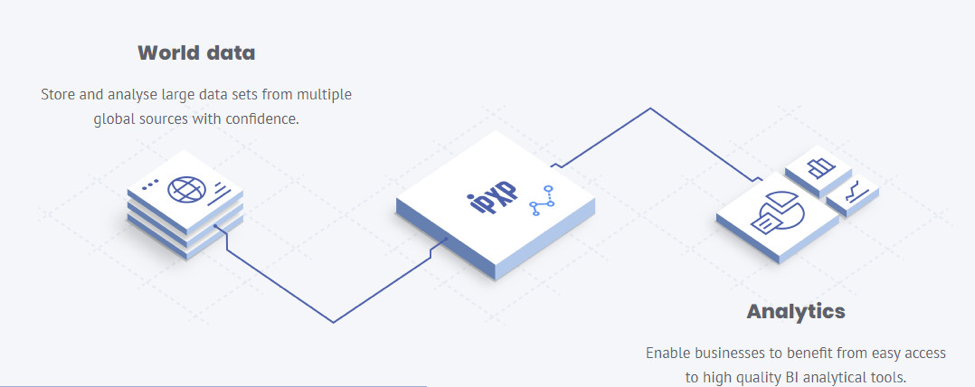
OCAP Playground (Arcblock)
A developer tool by Arcblock, OCAP playground delivers a quick and easy user-friendly blockchain development environment – with only the need for a modern web browser. A GraphQL interactive console, it is the first Arcblock app built on Arcblock. The platform is powered by Arcblockc’s Open Chain Access Protocol (OCAP) and supports Bitcoin and Ethereum blockchains. It plans to support more blockchains in the future.
You can look around at the platform via the Arcblock website to learn more.
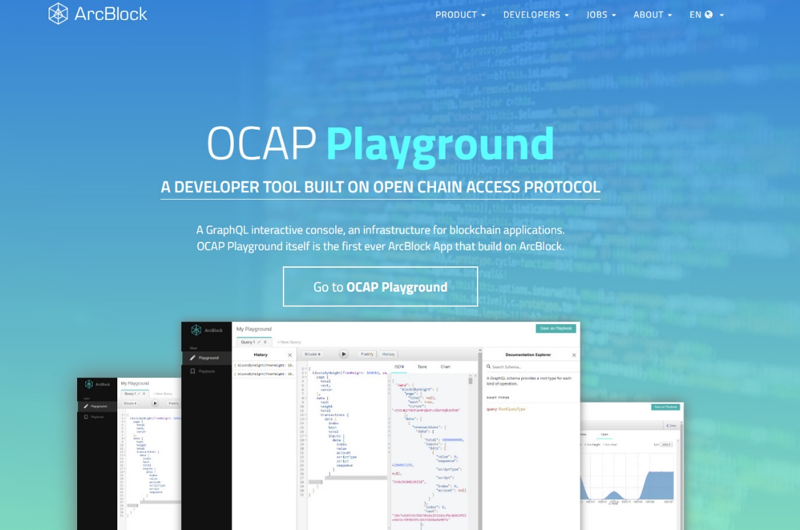
Learn more about OCAP playground
Ethlance (Built with District0x)
A decentralized job market platform built on top of District0x, Ethlance connects freelancers and developers alike with employers. The platform runs on the Ethereum public blockchain with front-end source files distributed on IPFS. Ethlance is open to anyone to create or apply to jobs. Payment to users is only available in cryptocurrency.
As a decentralized platform, Ethlance does not take a cut of the employees’ earning.
The platform was built by Matus Lestan after he started working as a freelancer himself. In the wake of the gig economy, he felt that it was a good opportunity for a decentralized platform to gain a foothold in the freelance marketplace.
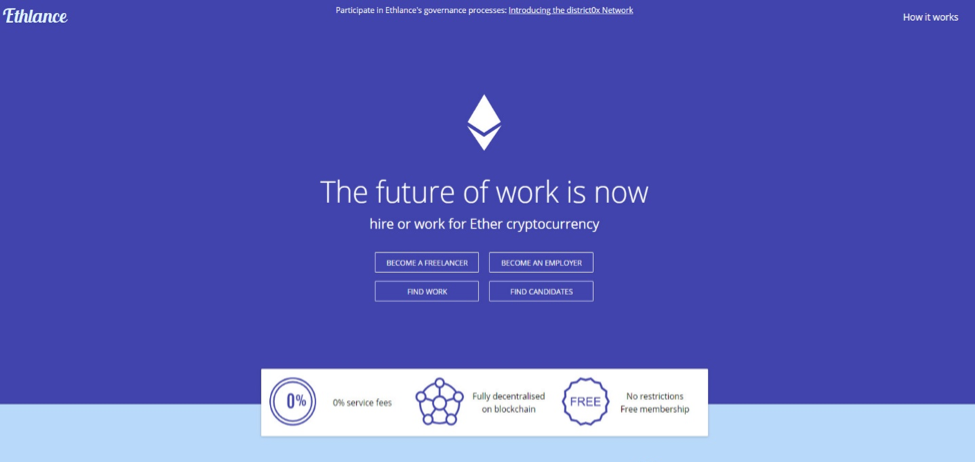
DEX (Dropil)
An autonomous trading system developed by Dropil, DEX is designed to make trades based on learning algorithms developed in-house. It had shown that through these algorithms in addition to numerous bot trading strategies that it has brought impressive returns.
Components of the DEX system include:
- Risk Pools – Users are divided into groups with similar risk types, where they can contribute and receive returns from that group’s pool.
- Logic Servers – Each risk pool uses a different logic server, allowing quick change to a different strategy in response to changes in the market.
- Bot Systems – Only one pair can be traded on an exchange at a time. Although each instance is independent of other instances, multiple instances can run on the platform at a time.
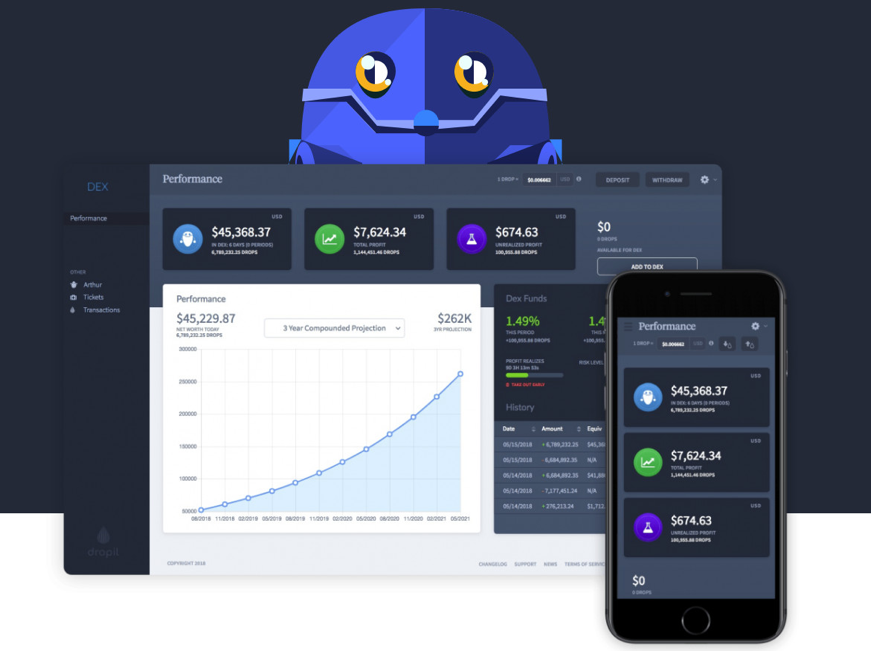
Rocket (Etherparty)
A token creation platform targeted to entrepreneurs and business owners, Rocket allows users to quickly launch and track a token generation event without the need for a development team. Payment for Rocket is made via FUEL tokens, Bitcoin, or Ethereum. Developed by Etherparty, Rocket is safe, secure and reliable and also allows users to showcase their project on the Rocket platform after launch.
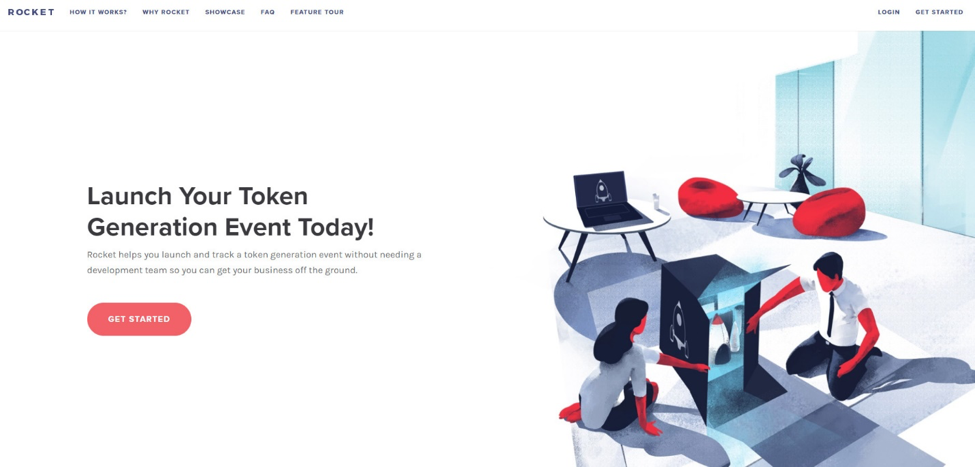
ETHScanr (Dent)
ETHScanr enables the receival of real-time information of token sales of any Ethereum address. Developed by Dent, it is a free app available now on both Google Play and the App Store. Features include: the ability to observe any Ethereum address, set alerts for Ethereum address movements (which include incoming and outgoing transactions), and the ability to automatically update UI and inform you afterwards. Your security is protected via either an anonymous user ID or biometrics face or fingerprint authentication.
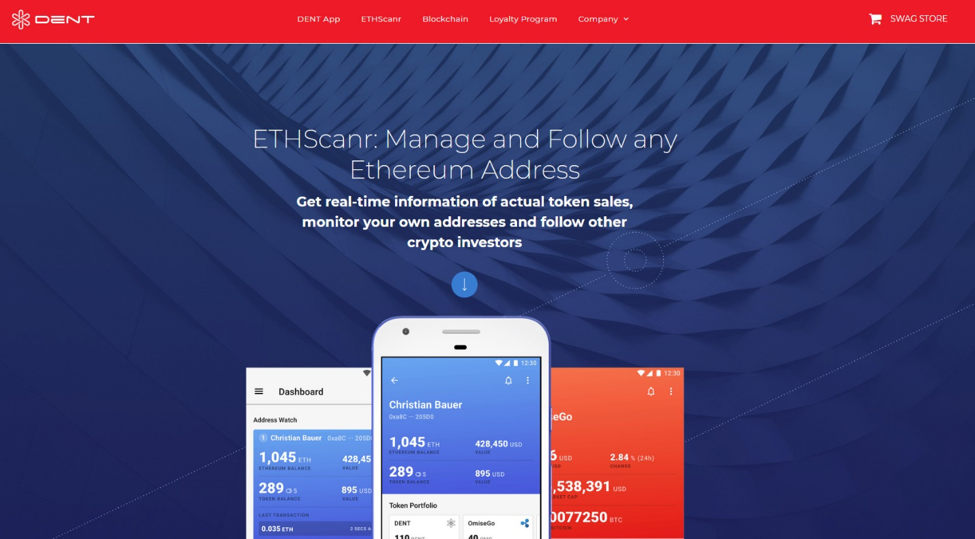
Coming Soon: Xrapid (Ripple)
Xrapid is a real-time payment solution developed by Ripple for payment providers and other financial institutions who wish to keep cash on hand without paying excessively for this privilege. Businesses often need cash on hand for unforeseen expenses and emergencies. Costs of liquidity are particularly high in developing countries where payments only occur if local currency is pre-funded.
Xrapid solves the high cost of liquidity by backing up currencies with XRP tokens, enabling transactions between countries to be significantly quicker.
A live version of xRapid was scheduled for mid-September. Ripple recently announced that seven different companies are poised to use Xrapid, including: digital cryptocurrency exchange Bittrex, Coins.ph, Mexican Bitcoin exchange Bitso, SBI Virtual Currencies, Cuallix, and Zip Remit, a cross-border payment solution based in Canada. Smaller organizations such as Western Union, MoneyGram and IDT Corporation are currently testing the use of Xrapid.
Note: XRapid has not yet announced a live version of their product, but they expect to soon.
